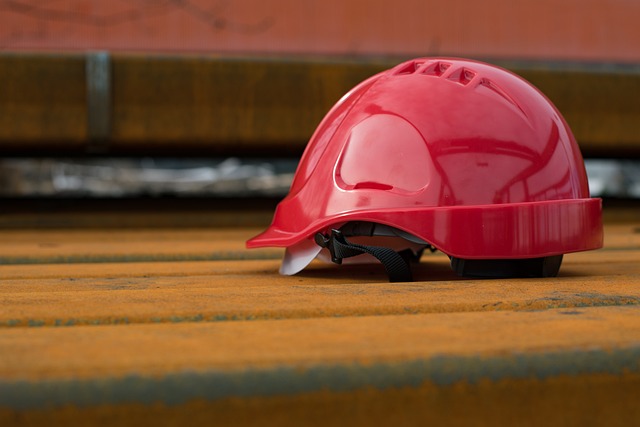Choosing the right filter for a DIY air intake installation is essential for compatibility, optimal performance, and enhanced engine power/fuel efficiency. Research your vehicle's specifics, understand its air intake system, match filters to make/model/year, consider high-flow options with quality filtration media like cotton gauze or synthetic blends, and opt for washable, reusable filters for cost and environmental savings. A thorough guide on DIY air intake installation begins with understanding your car's design.
Looking to enhance your vehicle’s performance with a DIY air intake installation? This comprehensive guide covers everything from choosing the right filter to maintaining optimal longevity. We’ll walk you through each step, ensuring top-notch compatibility and performance benefits. By understanding your vehicle’s air intake system and following best practices, you can achieve better fuel efficiency and overall engine health. Get ready to dive into a simplified process with clear instructions for a successful DIY air intake installation guide.
- Choosing the Right Filter for Your Vehicle
- – Understanding your vehicle's air intake system
- – Factors to consider when selecting an air filter
Choosing the Right Filter for Your Vehicle

Choosing the right filter for your vehicle is a crucial step in any DIY air intake installation guide. It’s essential to consider factors like your car’s make, model, and year to ensure compatibility. Different vehicles have unique air flow requirements, and using a filter that doesn’t meet these needs can negatively impact performance. Additionally, check the recommended replacement intervals for optimal filtration efficiency.
When selecting an air filter, focus on high-quality options designed for maximum airflow while still providing effective debris capture. Consider performance-oriented filters if you’re looking to enhance engine power and fuel efficiency. Following a thorough research process based on your vehicle’s specifics will ensure a successful installation and the best possible results in your DIY air intake project.
– Understanding your vehicle's air intake system

Before tackling a DIY air intake installation guide, it’s crucial to grasp your vehicle’s intricate air intake system. This system is responsible for drawing in a precise amount of air, which is then combined with fuel to create the perfect mixture for optimal engine performance. Understanding its components—like the air filter housing, mass airflow sensor, and ductwork—is key to ensuring a successful and safe installation.
A thorough knowledge allows you to identify potential bottlenecks or issues that could affect your engine’s performance. For instance, checking your vehicle’s owner’s manual can provide valuable insights into the specific design and requirements of your air intake system. This preparation will not only make the installation process smoother but also contribute to a more efficient and reliable setup.
– Factors to consider when selecting an air filter

When it comes to choosing an air filter, several key factors should guide your decision, especially for those considering a DIY air intake installation. First and foremost, consider the size and shape of your vehicle’s engine bay. Air filters come in various dimensions, and ensuring a perfect fit is essential to avoid any gaps or misalignment that could compromise airflow. Additionally, take note of your vehicle’s make and model, as different cars may have unique requirements and compatibility issues with certain filter types.
Another critical aspect is the filtration media itself. High-quality air filters use materials like cotton gauze or synthetic blends, which offer excellent particle trapping efficiency without restricting airflow. For those interested in a DIY approach, opting for a washable and reusable filter can be cost-effective and environmentally friendly. Remember, the right air filter not only enhances engine performance but also contributes to better fuel efficiency and reduced wear and tear on your vehicle’s components.
When it comes to enhancing your vehicle’s performance and maintaining optimal engine health, proper filter installation is key. By understanding your car’s air intake system and considering factors like media type, flow rate, and compatibility, you can choose the right filter for a seamless DIY air intake installation guide. Regular maintenance and upgrades can significantly impact your engine’s efficiency, so follow these best practices to ensure clean air and peak performance every time you hit the road.














